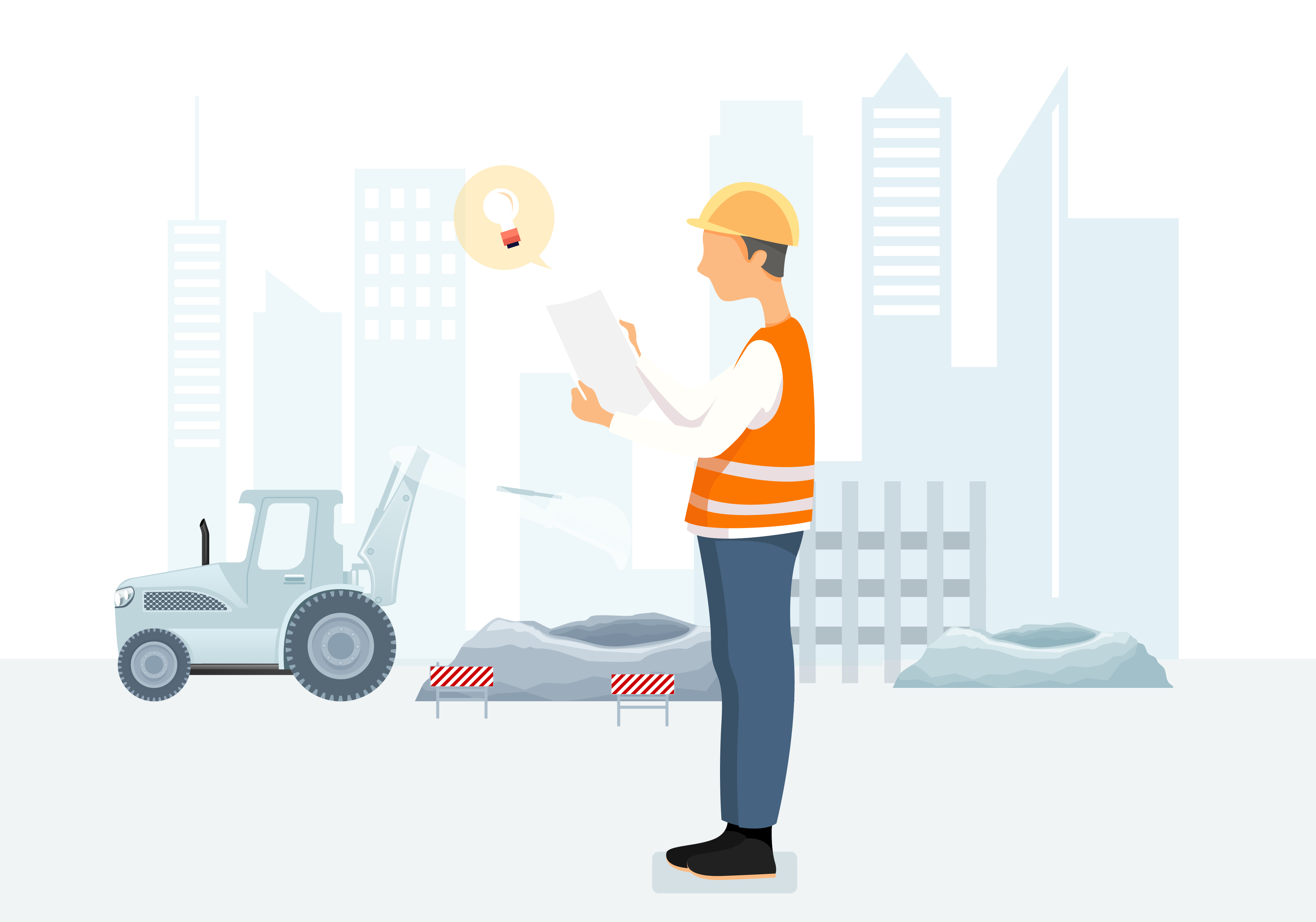
10 Essential Steps for Transitioning from Paper Maps to GIS
Transitioning from traditional paper maps to a GIS platform, such as iamGIS, can significantly enhance your ability to manage, analyze, and visualize spatial data. This process, while potentially complex, can be made smoother by following a series of carefully planned steps.
The following list provides a detailed guide on how to effectively transition from paper maps to a GIS platform, covering everything from initial needs identification to system maintenance and improvement.
- Identify Your Needs:
- Define Objectives: Clearly outline what you hope to achieve with the GIS platform.
- Identify Key Users: Determine who will be using the system and what their needs are.
- List Required Features: Identify the features and capabilities that your GIS platform will need to have. - Choose the Right GIS Platform:
- Research Options: Look into the various GIS platforms available and their features. (We think iamGIS is pretty great.)
- Consider Budget: Take into account the cost of the software, including any licensing fees. (We're affordable, too.)
- Check Compatibility: Ensure the platform is compatible with your existing systems and data formats. (We're very compatible.) - Digitize Your Maps:
- Scan Maps: Use a high-quality scanner to create digital copies of your paper maps.
- Convert Formats: Convert scanned images into a format compatible with your GIS software, usually images, SHP or CSV files.
- Backup Originals: Keep a safe copy of your original paper maps and digital scans.
- Seek Help If Needed: Help from the GIS company may be available to assist in digitizing. - Georeference Your Maps:
- Identify Control Points: Select points on your map that can be accurately linked to real-world coordinates.
- Align Maps: Use your GIS software to align your digital maps with the control points.
- Check Accuracy: Verify the accuracy of your georeferencing and make adjustments as necessary. - Create or Import Data Layers:
- Identify Data Sources: Determine where your data will come from, whether it's existing paper, online sources, or new data collection.
- Import Data: Import your digitized data into the GIS platform and assign it to the appropriate layers.
- Create New Layers: If necessary, create new layers in your GIS software to represent different types of data. - Clean and Organize Your Data:
- Check for Errors: Review your data for any inaccuracies or inconsistencies.
- Standardize Formats: Ensure all data is in a consistent format that your GIS platform can interpret.
- Fill in Missing Data: If there are gaps in your data, try to fill them in for a more complete dataset. - Train Your Team:
- Identify Training Needs: Determine what skills your team needs to effectively use the GIS platform.
- Provide Training: Arrange for training sessions, whether in-person, online, or through a consultant.
- Provide Support: Make sure ongoing support is available for any questions or issues that arise. - Implement and Test:
- Start Small: Begin by implementing the GIS platform on a small scale or for a single project.
- Test Functionality: Test all features of the GIS platform to ensure they work as expected.
- Make Adjustments: Based on your testing, make any necessary adjustments to the system or your data. - Maintain Your System:
- Update Regularly: Keep your GIS software and data up to date.
- Check for Errors: Regularly review your data for any errors or inconsistencies.
- Backup Data: Regularly backup your GIS data to prevent any loss. iamGIS does this for you, but you can export anytime. - Seek Feedback and Improve:
- Gather User Feedback: Regularly ask users for feedback on the system and how it could be improved.
- Implement Improvements: Based on feedback, make improvements to the system or your data.
- Review Objectives: Regularly review your objectives to ensure the GIS platform is still meeting your needs.
Remember, transitioning to a GIS platform is a significant project that requires careful planning and execution. But with the right approach, it can provide powerful benefits for managing and understanding spatial data, all while saving you time and money.
Need help with paper maps? Want to make the move to a GIS platform? Contact us to get started.

